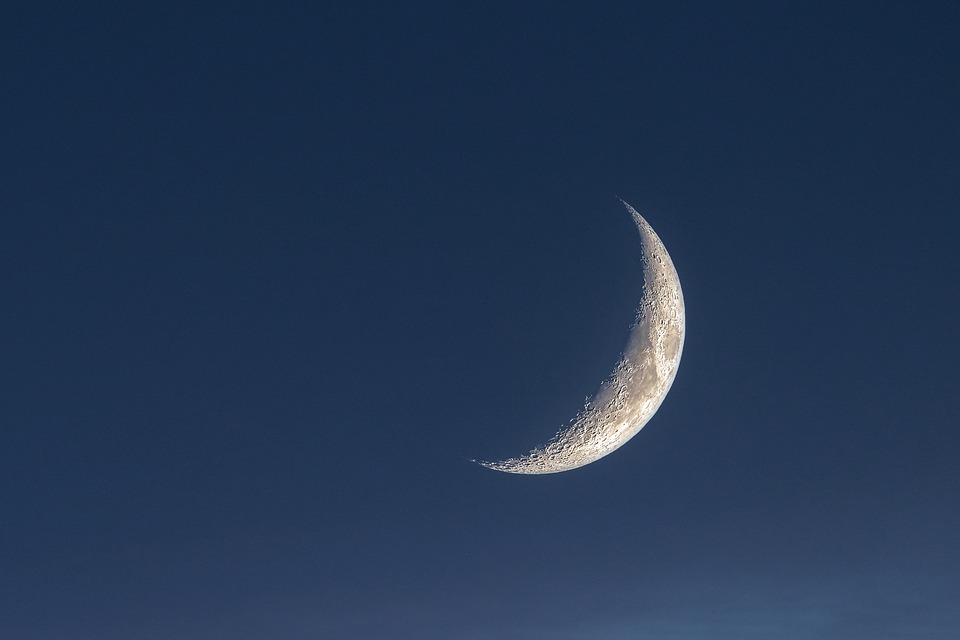From the Moon to the Truth: Debunking the Fake News About the Landing
July 20, 1969, marked a historic moment in human history when NASA’s Apollo 11 mission successfully landed astronauts Neil Armstrong and Edwin "Buzz" Aldrin on the surface of the Moon. The event was witnessed by an estimated 600 million people worldwide, and it was hailed as a monumental achievement in space exploration. However, over the years, conspiracy theories and fake news have emerged, questioning the authenticity of the Moon landing. In this article, we’ll delve into the facts and debunk the myths surrounding one of the most significant events in human spaceflight.
The Conspiracy Theories
One of the most popular conspiracy theories surrounding the Moon landing is that the entire event was faked, and the footage was created in a Hollywood studio. This theory claims that the government and NASA collaborated to create a fake Moon landing to boost national morale and distract from the Vietnam War. Another theory suggests that the American flag planted on the Moon’s surface was waving due to the wind, despite the fact that there is no atmosphere on the Moon.
The Evidence
So, what’s the truth? Let’s examine the evidence:
- Moon Rocks: Apollo 11 astronauts brought back over 48 pounds of Moon rocks and soil, which were analyzed by scientists around the world. The samples were found to have characteristics that are unique to the Moon’s composition, such as the presence of anorthosite, a type of rock that is not found on Earth.
- Laser Ranging: In the 1960s, scientists set up a network of laser ranging stations around the world to measure the distance between the Earth and the Moon. The data collected from these stations confirms that the Moon is approximately 239,000 miles (384,000 kilometers) away from the Earth.
- Independent Verification: NASA’s Apollo 11 mission was monitored by a team of scientists and engineers from around the world, including the Soviet Union. The Soviet Union even sent their own spacecraft, Luna 15, to the Moon around the same time, which crashed on the Moon’s surface due to a malfunction.
- Photographic Evidence: The Apollo 11 astronauts took thousands of photographs during their mission, which were analyzed and published by NASA. The images show clear evidence of the Moon’s surface, including the American flag, which was planted on the surface.
The Legacy
The Moon landing was a groundbreaking achievement that marked the beginning of a new era in space exploration. The mission paved the way for future space missions, including the Skylab space station and the International Space Station. The legacy of the Moon landing continues to inspire new generations of scientists, engineers, and explorers.
Image
[Image: A photograph of the Apollo 11 astronauts on the Moon’s surface, taken by Neil Armstrong]
FAQs
Q: What was the purpose of the Apollo 11 mission?
A: The Apollo 11 mission was to land astronauts on the surface of the Moon and return them safely to Earth.
Q: How long did the Apollo 11 mission last?
A: The Apollo 11 mission lasted from July 16, 1969, to July 24, 1969.
Q: What was the name of the spacecraft that carried the Apollo 11 astronauts to the Moon?
A: The spacecraft was called Columbia.
Q: How many people witnessed the Moon landing?
A: An estimated 600 million people worldwide witnessed the Moon landing.
Q: What was the conspiracy theory surrounding the Moon landing?
A: One of the most popular conspiracy theories is that the Moon landing was faked, and the footage was created in a Hollywood studio.
Q: What is the evidence that supports the Moon landing?
A: The evidence includes Moon rocks, laser ranging data, independent verification, and photographic evidence.
Q: What was the legacy of the Moon landing?
A: The Moon landing marked the beginning of a new era in space exploration, paving the way for future space missions and inspiring new generations of scientists, engineers, and explorers.


